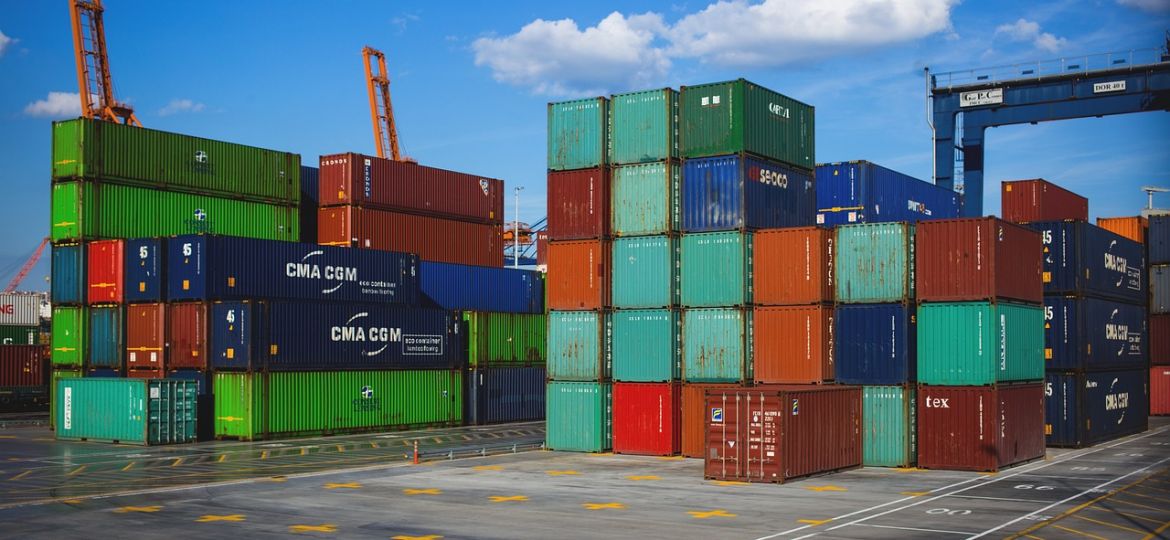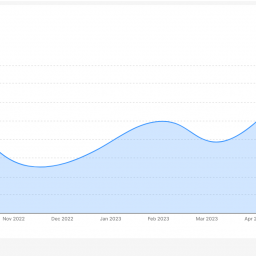Workforce Management Software for Industrial Maintenance: Enhancing Efficiency and Reliability
In the industrial sector, maintenance plays a crucial role in ensuring the efficient and reliable operation of complex machinery and equipment. Timely and effective maintenance not only minimizes downtime and production disruptions but also prolongs the lifespan of critical assets. To streamline maintenance operations and optimize workforce productivity, an increasing number of industrial organizations are turning to workforce management software specifically tailored for industrial maintenance. In this article, we delve into the benefits and applications of workforce management software in the realm of industrial maintenance.
1. Asset Tracking and Management
Industrial maintenance often involves managing a vast array of assets, ranging from heavy machinery to intricate systems. Workforce management software provides a centralized platform to track and manage these assets throughout their lifecycle. From recording maintenance history to scheduling preventive maintenance tasks, the software streamlines asset management, making it easier for maintenance teams to access critical information and ensure assets are well-maintained.
By proactively tracking asset condition and maintenance requirements, organizations can reduce unexpected breakdowns, optimize asset utilization, and avoid costly unplanned repairs.
2. Predictive Maintenance Capabilities
Workforce management software often integrates with the Internet of Things (IoT) and sensors, allowing for real-time data collection from machinery and equipment. This data can be leveraged to implement predictive maintenance strategies. By analyzing sensor data, the software can detect early signs of equipment deterioration or abnormalities, enabling maintenance teams to intervene before major failures occur.
Predictive maintenance helps reduce downtime and reactive maintenance costs, as maintenance tasks are performed proactively based on actual equipment conditions, leading to significant cost savings.
3. Work Order Management
Workforce management software streamlines work order management by providing a digital platform for creating, assigning, and tracking maintenance tasks. Maintenance supervisors can allocate tasks to technicians based on their skill sets, availability, and proximity to the equipment, ensuring optimal resource utilization.
With real-time updates on work order progress, supervisors can make informed decisions and prioritize urgent tasks, further enhancing maintenance efficiency.
4. Mobile Access and Field Service Support
Many workforce management software solutions offer mobile applications that enable maintenance technicians to access work orders, asset information, and maintenance procedures on their smartphones or tablets. Field service support empowers technicians with critical information while on-site, reducing the need for paper-based processes and manual data entry.
By digitizing maintenance workflows and allowing technicians to access information on the go, workforce management software increases efficiency, reduces errors, and improves response times.
5. Compliance and Regulatory Management
In industrial environments, adherence to safety regulations and compliance standards is paramount. Workforce management software helps organizations maintain compliance by ensuring that maintenance activities align with industry standards and regulatory requirements.
The software can track maintenance activities, generate compliance reports, and store essential documentation, simplifying audits and regulatory assessments.
6. Inventory and Spare Parts Management
Efficient management of spare parts and inventory is vital for timely maintenance execution. Workforce management software includes inventory management capabilities, allowing organizations to track spare parts usage, monitor stock levels, and automate reorder processes when inventory falls below the set thresholds.
With optimized inventory management, organizations can avoid stockouts and ensure that maintenance technicians have the necessary parts readily available, reducing equipment downtime.
7. Performance Analytics and Continuous Improvement
Data-driven decision-making is crucial for optimizing maintenance processes. Workforce management software offers performance analytics and reporting features that provide valuable insights into maintenance activities, technician productivity, asset uptime, and more.
By analyzing maintenance data, organizations can identify areas for improvement, implement efficiency-enhancing measures, and drive continuous improvement in maintenance operations, ultimately leading to cost savings and enhanced reliability.
Conclusion:
Workforce management software tailored for industrial maintenance presents a transformative solution for organizations seeking to enhance maintenance efficiency and ensure the reliable operation of critical assets. From asset tracking and predictive maintenance capabilities to work order management, mobile field service support, compliance and regulatory management, inventory optimization, and performance analytics, this software streamlines maintenance workflows and empowers maintenance teams with the necessary tools to excel.
The adoption of workforce management software for industrial maintenance is more than just a technological upgrade; it represents a strategic investment in maximizing asset uptime, reducing operational costs, and maintaining a competitive edge in the industrial sector. As industries evolve and equipment complexity increases, workforce management software will undoubtedly become an indispensable component of successful and efficient industrial maintenance practices.
















